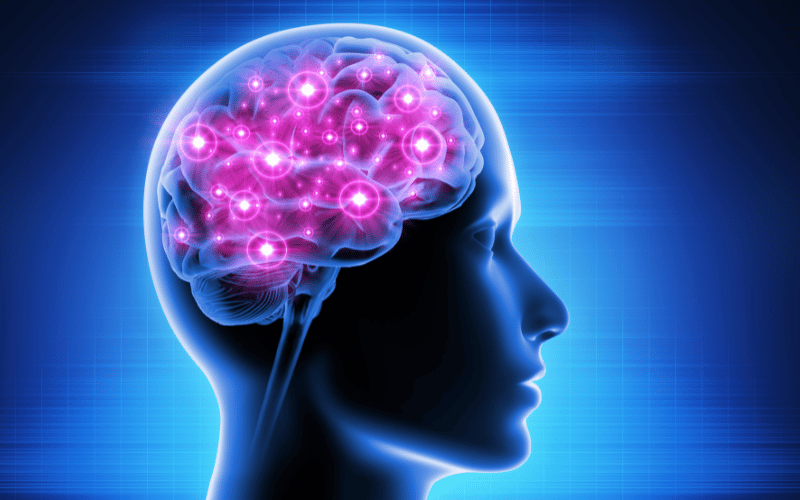Introduction: Setting Sail on the Voyage through Expressive Aphasia

Broca’s Aphasia, named after the French physician, Paul Broca, who made the initial discovery of the condition in the 19th century, is a language disorder primarily marked by an impairment in speech production.
Sufferers of this condition struggle to articulate words and sentences coherently, even though they can fully comprehend what they wish to express. They retain a clear understanding of their surroundings, and their cognitive abilities remain largely unimpaired. Nonetheless, the linkage between their thought processes and verbal output is seemingly disrupted, creating a communication barrier that often leads to frustration.
Expressive Aphasia is a subset of a group of disorders collectively known as Aphasia, which are characterized by deficiencies in language capabilities. This specific type of aphasia results from damage to a particular brain region known as Broca’s area, nestled in the frontal lobe, playing a pivotal role in language production.
This condition’s intriguing aspect is the juxtaposition of relatively unaffected comprehension with a significant impediment in verbal expression. This seemingly paradoxical situation provides a unique window into the brain’s remarkable complexity and the intricate mechanisms that facilitate our ability to communicate.
Our journey to fathom Expressive Aphasia’s multi-layered intricacies is a profound exploration of the broader spectrum of human cognition. It highlights the remarkable resilience of individuals grappling with the condition, offering a deeper appreciation of the human spirit’s enduring strength.
Fact 1. Unearthing the Cause: Expressive Aphasia and Brain Injury

Pinning down the roots of Expressive Aphasia requires us to delve into the field of neurology. This condition is primarily triggered by damage to a specific part of the brain called Broca’s area.
Located in the brain’s frontal lobe, Broca’s area is instrumental in language production and facets of language comprehension. When it gets injured, language-related problems begin to surface, one of which is Broca’s Aphasia.
Several factors can lead to injury in this critical area of the brain. Strokes, specifically those categorized as ischemic, rank high on the list. When an ischemic stroke occurs, it stops the blood flow to a part of the brain. Broca’s area, deprived of oxygen-rich blood, sustains damage, leading to the manifestation of Expressive Aphasia symptoms.
Brain tumors, whether malignant or benign, can also cause Expressive Aphasia if they are located close to or within Broca’s area. Their growth applies pressure on the surrounding brain tissues, disrupting normal functioning. Depending on the tumor’s size, the severity of the aphasia symptoms can range from mild to severe.
Traumatic Brain Injuries (TBIs), too, are a common cause. They can result from several events like car accidents, falls, or sports injuries. If the force of the impact is strong enough to harm Broca’s area, it can trigger Expressive Aphasia. (1)